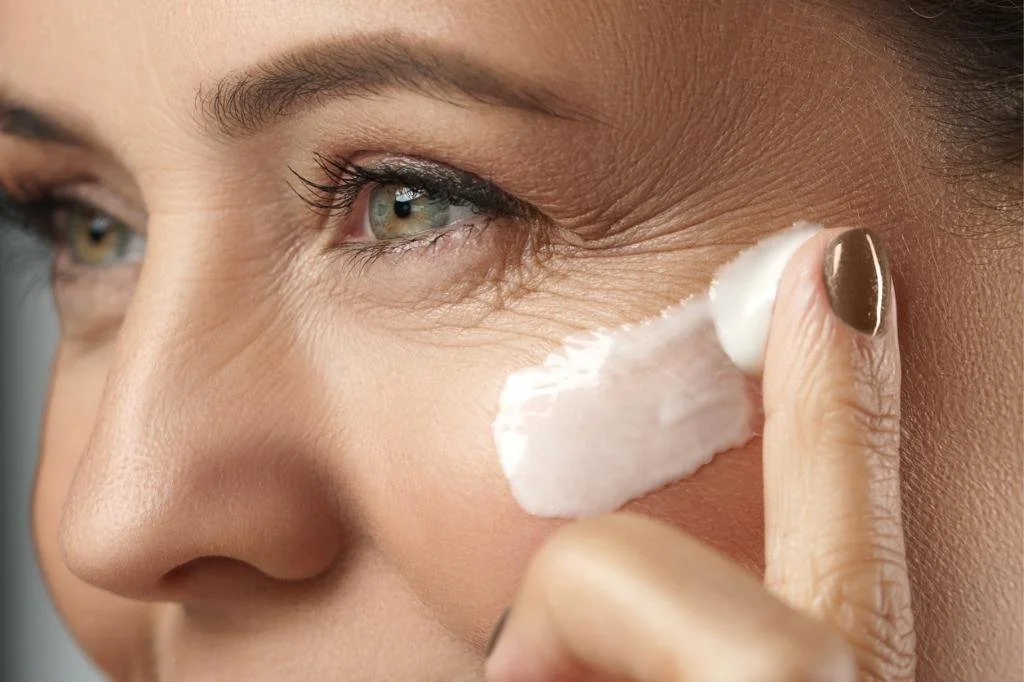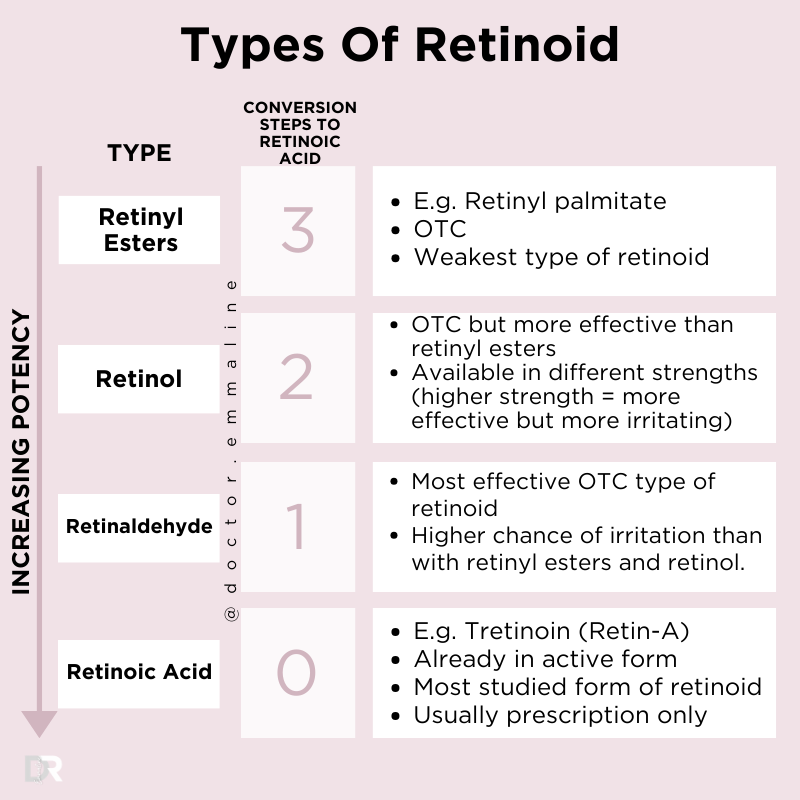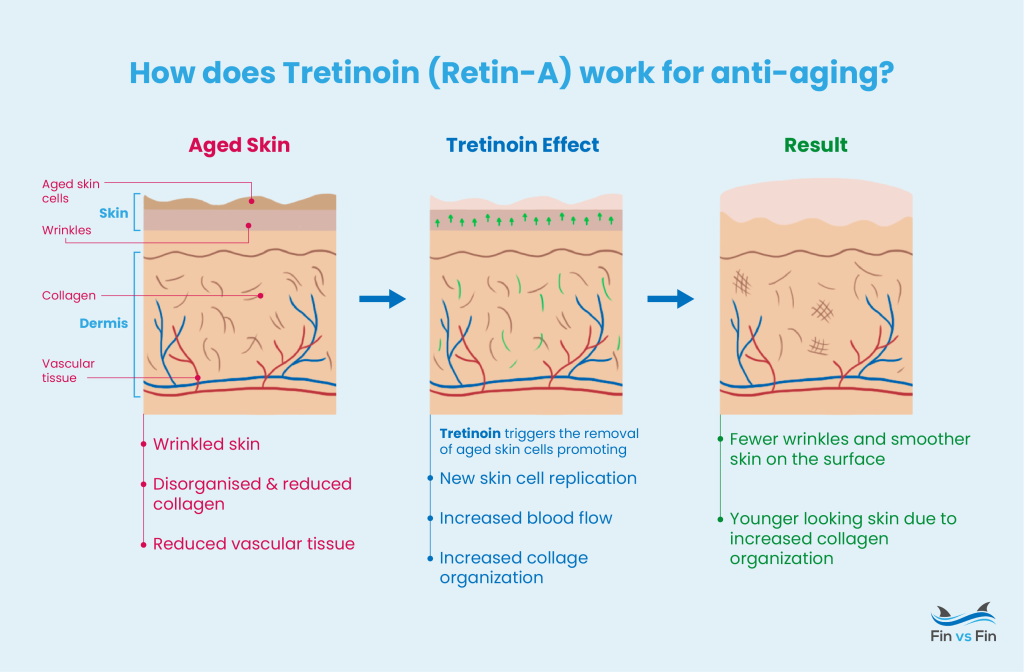Tretinoin: The Gold-Standard Retinoid for Anti-Ageing & Clear Skin
Why Tretinoin is the Gold Standard in Anti-Ageing Skincare
By the Fresh Aesthetics Medical Team — Dr Jayne (Aesthetics) & Dr Brian (Skin Health)
You’ve probably heard of retinoids, but not all forms equally effective. Tretinoin (all‑trans retinoic acid)is the active form, ie the molecule your skin cells recognise instantly. Over‑the‑counter preparations like retinal must undergo one conversion step, while retinol undergoes 2 (retinol → retinal → retinoic acid) enzymatic conversions inside the skin before they can start working. Each conversion step means less potency and more waiting. Available only on prescription due to its potency, Tretinoin is active immediately.
Cellular Actions: How Tretinoin Transforms Skin From Within
Accelerated cell turnover – speeds up keratinocyte renewal, leaving skin smoother and preventing clogged pores.
Collagen & elastin boost – stimulates fibroblasts to build fresh type I collagen while downregulating collagen‑destroying enzymes, resulting in firmer, plumper skin.
Pigment regulation – normalises melanocyte activity and disperses existing pigment for a brighter, more even complexion.
Sebum normalisation – stabilises over‑active oil glands to calm breakouts and refine pore appearance.
Anti‑inflammatory effect – dampens pro‑inflammatory cytokines so redness diminishes over time.
Why This Matters for Ageing
Because tretinoin addresses both deep structural changes (collagen and elastin loss) and surface‑level concerns (pigmentation, texture), it remains the most researched topical, proven to slow and reverse photo‑ageing. As of July 2025, there are more than 1,500 human clinical‑trial papers on the effect of tretinoin on acne, melasma, photodamage and other skin issues, with at least 50 randomised controlled trials focused specifically on photoageing (skin ageing due to UV damage).(jddonline.com)
Start Low & Go Slow: Your Adaptation Plan
Like any potent prescription, tretinoin requires careful monitoring. Introducing it too quickly can trigger what we call “retinoid reaction”—redness, dryness, and flaking. These signs are common and temporary as the skin builds tolerance.
Our medical protocol:
Concentration: Begin at 0.025 % once or twice a week.
Frequency: Increase by one nightly application every 2 – 3 weeks if tolerated.
Buffer: Sandwich with a nourishing moisturiser if you’re sensitive.
Sun‑sense: AM SPF 50+ is non‑negotiable—tretinoin makes skin more photo‑sensitive.
Expect some transient peeling around weeks 2–4. Stay the course; most irritation subsides by week 6 as barrier function rebounds.
Results Timeline
Dermal collagen production is a marathon, not a sprint. Meaningful structural changes become apparent at 6–9 months of consistent use: softer expression lines, increased hydration and a healthy glow.
Be Guided by Skin Experts
At Fresh Aesthetics & Skin in Portadown, your tretinoin journey is medically supervised from day one:
Digital Skin Analyser: Our state‑of‑the‑art imaging pinpoints UV damage, pore size, and pigmentation so we can measure progress objectively.
Dual Specialism: Dr Jayne integrates aesthetic treatments (collagen‑stimulating injectables) while Dr Brian fine‑tunes your topical regimen, giving you 360° rejuvenation.




